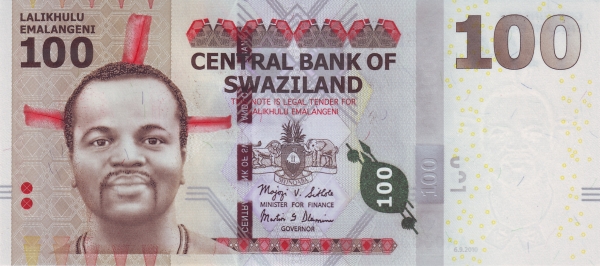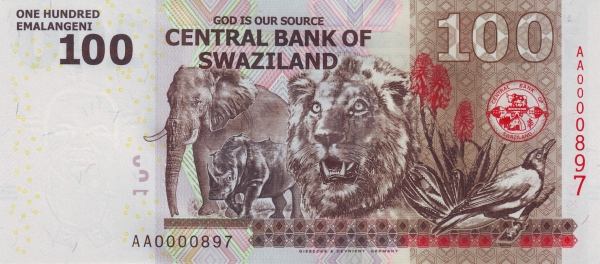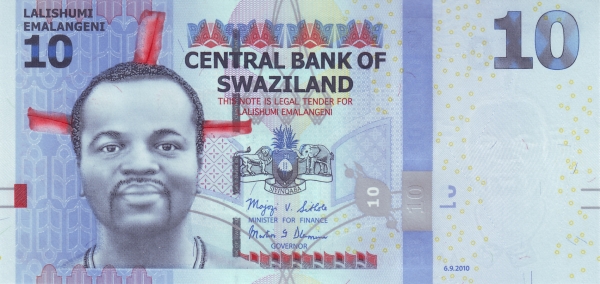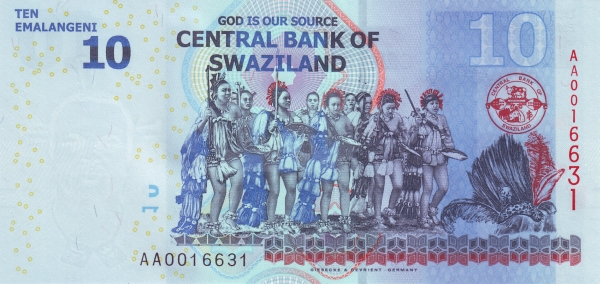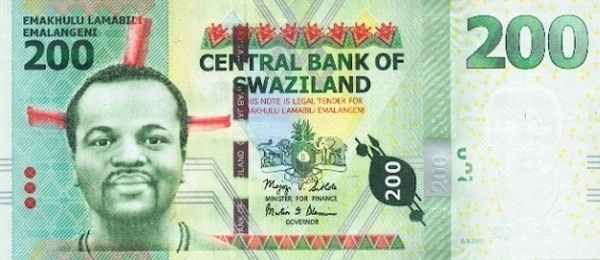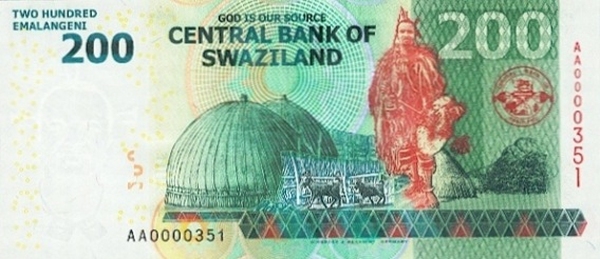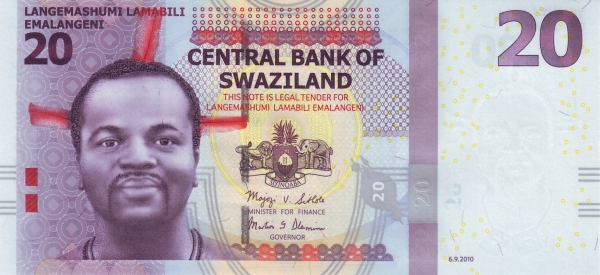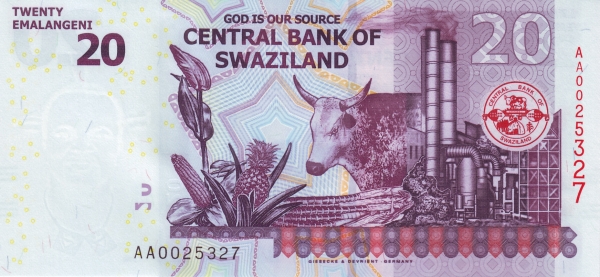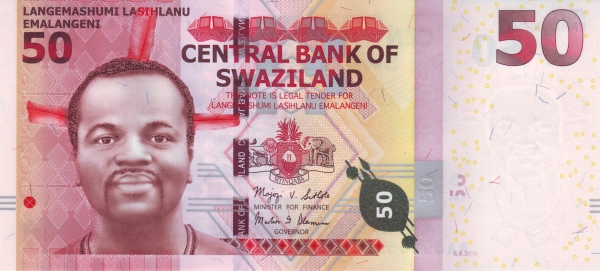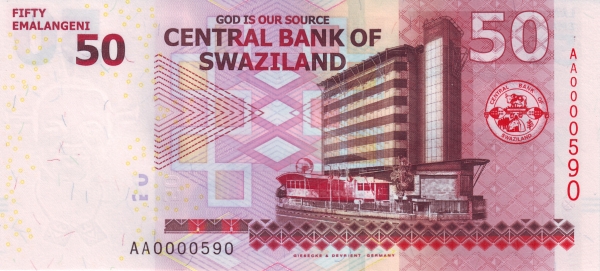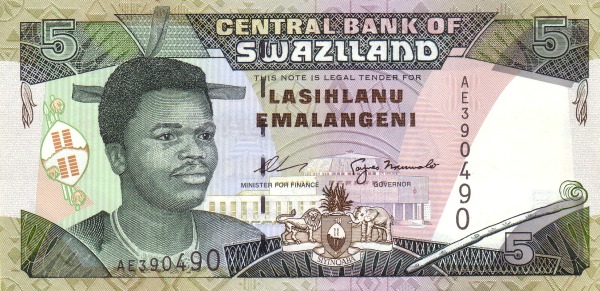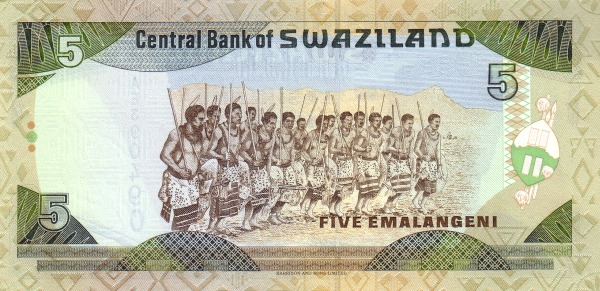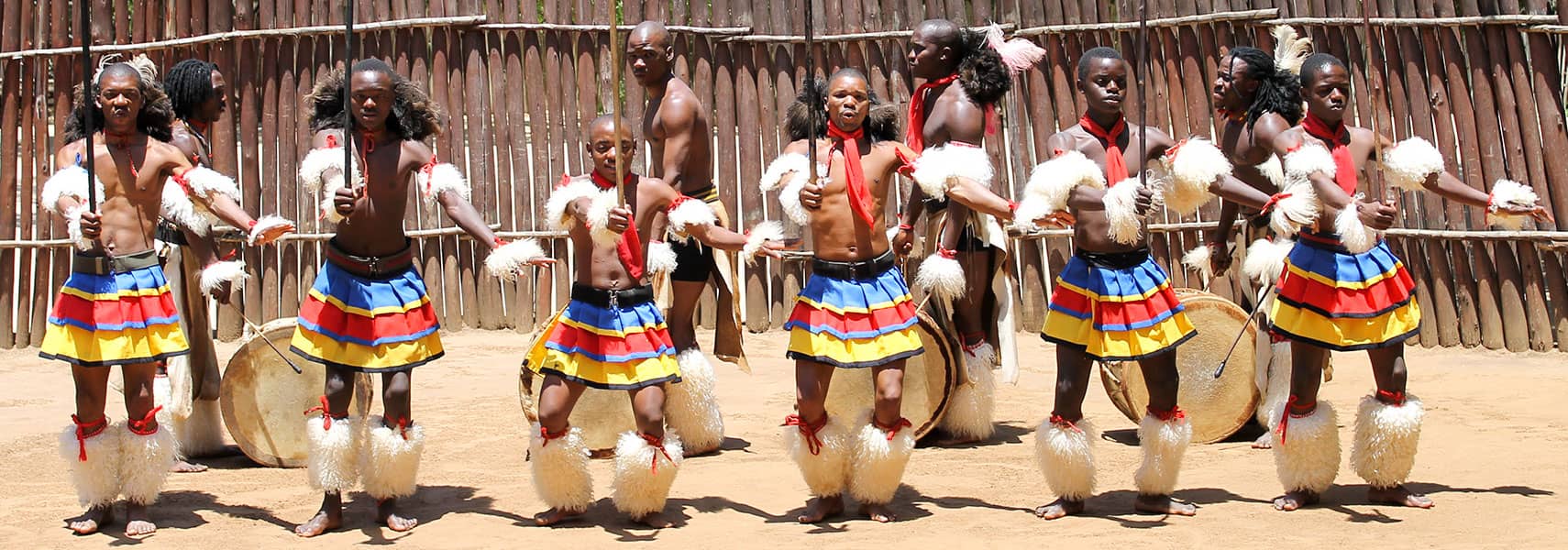Exploring Swaziland (Eswatini): A Unique Kingdom in Southern Africa
Swaziland (Eswatini), located in the heart of Southern Africa, is a small landlocked kingdom bordered by the vast landscapes of South Africa and Mozambique. Covering an area of 17,364 square kilometers, this charming country stands as one of Africa's smallest nations. To put it into perspective, Swaziland is slightly larger than half the size of Belgium and just a bit smaller than the U.S. state of New Jersey. Despite its limited area, the kingdom offers a rich tapestry of culture, history, and natural beauty that captivates visitors from all over the world.
Natural Wonders and Wildlife
One of the most remarkable features of Swaziland (Eswatini) is its incredible wildlife. The nation is home to stunning game reserves such as Mlawula Nature Reserve and Hlane Royal National Park. Here, diverse wildlife thrives, including majestic lions, massive hippos, and regal elephants. Thus, these reserves act as a sanctuary for animals while providing opportunities for ecotourism. Visitors can experience exhilarating safaris and guided tours, allowing them to witness the graceful movements of these magnificent creatures up close.
A Glimpse into the Kingdom's History
The history of Swaziland (Eswatini) is as rich as its landscape. The British guaranteed autonomy for the Swazis in the late 19th century, establishing a sense of sovereignty amid colonial pressures. Independence came in 1968, marking a significant turning point in the nation's history. However, the late 20th century saw student and labor unrest, pushing the monarchy—one of the oldest on the African continent—to slowly embrace political reforms and greater democracy.
Population and Ethnic Diversity
As of 2015, Swaziland had a population of approximately 1.4 million people. The Swazi, constituting about 97% of the population, share their kingdom with a small European minority of around 3%. This ethnic composition contributes to the rich cultural fabric of the kingdom, where traditions and practices thrive. Swaziland’s inhabitants predominantly identify as Protestant (about 35%), followed by Zionist (30%) and Roman Catholic (25%) believers. This religious diversity showcases the unique blend of cultural influences present in the country.
Geographical Insights
The geography of Swaziland (Eswatini) reveals a stunning variety of landscapes. Nestled in East Southern Africa, the kingdom is almost entirely surrounded by South Africa. The terrain features a mountainous plateau transitioning to savanna, offering breathtaking views and diverse ecosystems. Emlembe, the highest point in the nation, reaches a towering height of 1,862 meters, making it a notable landmark for outdoor enthusiasts and nature lovers alike.
Climate and Agriculture
The climate of Swaziland is characterized by wet summers and dry winters. It experiences a range from near temperate to sub-tropical and tropical conditions. For instance, the seasons here are the opposite of those in the Northern Hemisphere, presenting a unique experience for visitors. Agriculture plays a crucial role in the Swazi economy, with key products including sugarcane, cotton, and maize. Swazi farmers also cultivate rice, citrus fruits, and pineapples, contributing significantly to both local consumption and export markets.
Economic Overview
The economy of Swaziland (Eswatini) is diverse, with agriculture, mining, and manufacturing industries playing pivotal roles. It boasts valuable natural resources such as asbestos, coal, and hydropower, which aid in supporting various industries. Notably, mining activities focus on coal and raw asbestos, while textiles, sugar, and wood pulp reflect the kingdom's industrial capabilities.
Trade Relations and Exports
When it comes to international trade, Swaziland's exports primarily consist of soft drink concentrates, sugar, timber, and cotton yarn. In 2014, South Africa stood as the dominant partner, accounting for 60% of the kingdom's exports. The European Union, Mozambique, Botswana, and Namibia also represent significant trade partners, showcasing the kingdom's interconnected global presence. This trade activity enriches the economy and highlights Swaziland's (Eswatini) strategic position in the region.
Imports and Economic Dependencies
On the flip side, Swaziland imports essential commodities such as motor vehicles, machinery, and foodstuffs, largely relying on South Africa for around 80% of its imports. This dependency on neighboring countries underscores the importance of maintaining strong diplomatic and economic relationships in an interconnected world. Pipelines for petroleum products and chemicals further highlight the kingdom's reliance on international supply chains for essential goods.
Conclusion: A Jewel in Southern Africa
In summary, Swaziland (Eswatini) is a captivating kingdom with a rich history, diverse wildlife, and a vibrant culture. Its breathtaking landscapes, unique climate, and economic contributions make it an intriguing destination for visitors and a vital part of the Southern African region. As the kingdom continues to navigate its path towards modernization and political reform, the spirit of the Swazi people thrives, offering a blend of tradition and progress that is sure to enchant anyone who ventures into this remarkable corner of Africa.
Largest cities of: Swaziland (Eswatini)
| City Name | Population | Year of foundation | |
| Mbabane | 100,000 | 1902 | |
| Manzini | 80,000 | 1960 | |
| Lobamba | 35,000 | 1850 | |
| Nhlangano | 22,000 | 1960 | |
| big bend | 15,000 | 1884 |
Swaziland (Eswatini): Money
